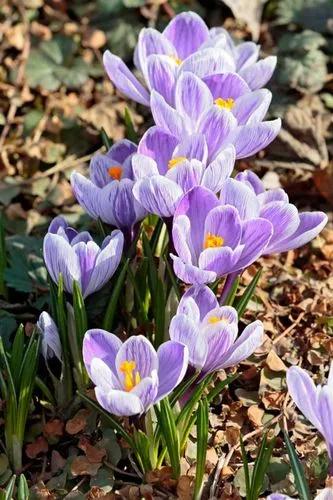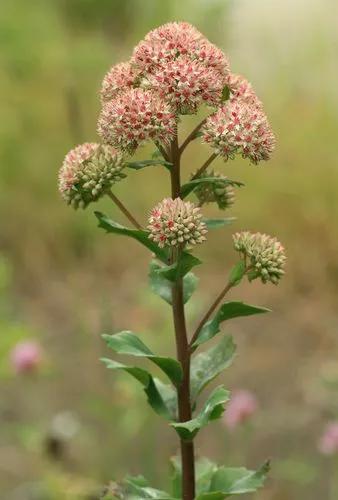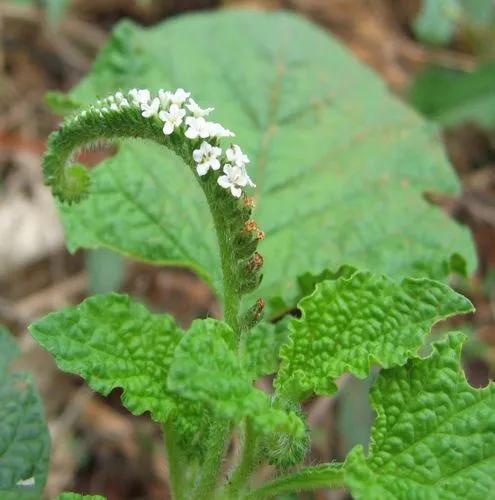Scorzoneroides autumnalis is a perennial herb growing to 35 cm high usually with branched stems and several flower-heads each about 30 mm across. The florets are all ligulate and bright yellow. The leaves are all basal and linear-oblong.
Autumn Hawkbit Care
Scorzoneroides autumnalis



The plant is sometimes called fall dandelion, because it is very similar to the common dandelion (one of the main differences being a branched stem with several capitula), but "yellow fields", covered by this plant appear much later than dandelions, towards the autumn in the Eastern Europe. In the Latin synonym of the plant name, Leontodon autumnalis, "leontodon" means "lion's tooth", the same as "dandelion". Grow in well-drained soil in full sun. Prefers neutral to alkaline conditions but easily tolerates acid soil. Often grown in meadows or as a wildflower in grassy habitats.
This plant might be poisonous
How to get rid of:
Deadhead regularly if desired. Cut back in autumn. In meadow plantings, mow regularly in late winter and early spring. Avoid mowing until early autumn. A second mow may be necessary in late autumn.
How to Care for the Plant

Popularity

99 people already have this plant 13 people have added this plant to their wishlists
Discover more plants with the list below
Popular articles






